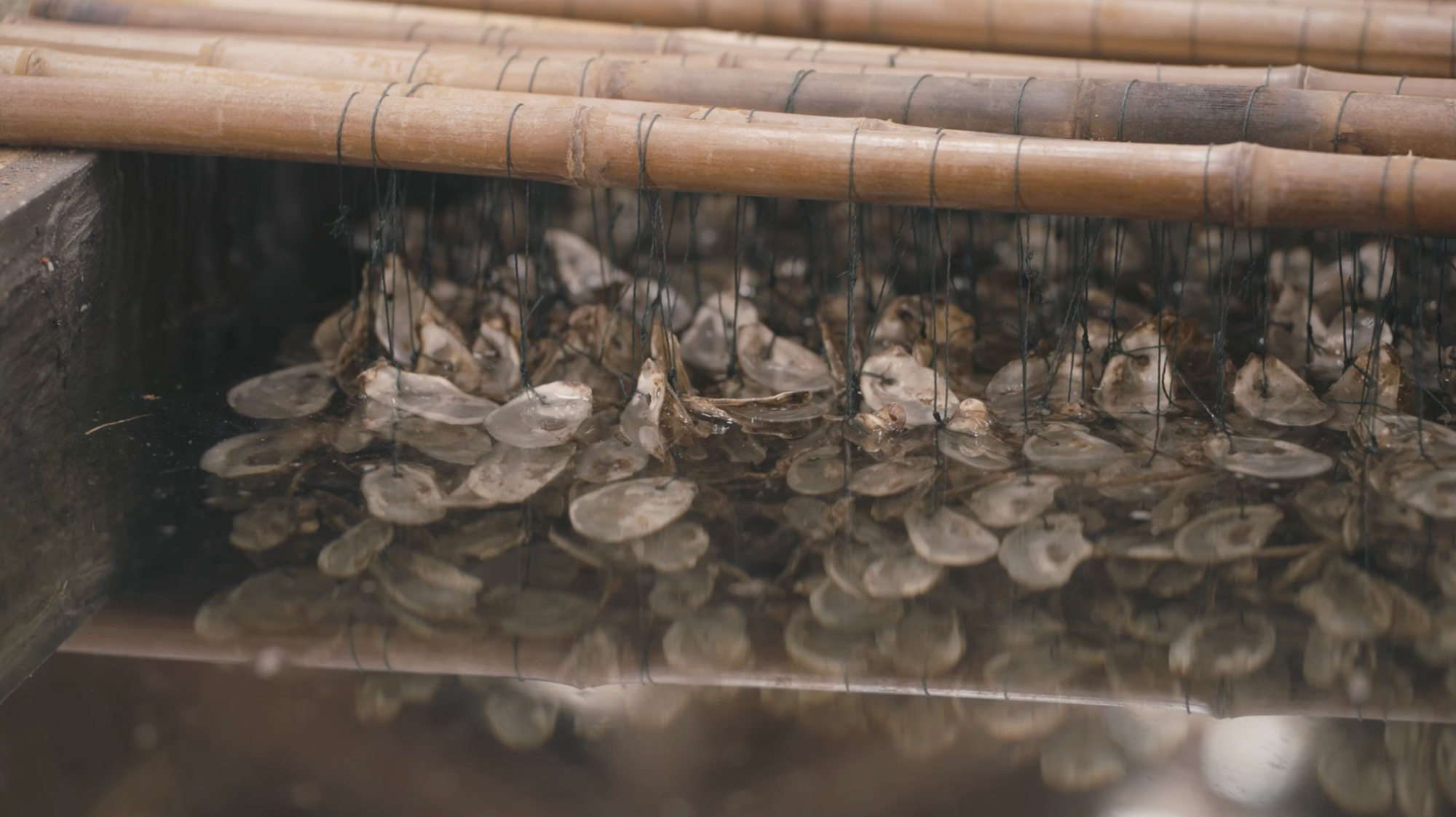
MOVING IMAGE
MONTREAL’S CANADIAN CENTRE FOR ARCHITECTURE PREMIERES ITS GROUNDWORK FILM SERIES
by Andrew Ayers
With its new Groundwork series of films, Montreal’s Canadian Centre for Architecture (CCA) is seeking “to document the early phase of architectural work — the very rich thinking process in reaction to the site and the brief,” as Francesco Garutti, CCA’s associate director of programs, explains. In contrast to the classic museum format, where the subject comes to the gallery, Groundwork follows architects going about their daily business. Shot by Joshua Frank, the three pilot documentaries will feature Chinese architect Xu Tiantian, founder and principal of Beijing-based studio Design and Architecture (DnA), b+ from Berlin (currently led by Arno Brandlhuber, Olaf Grawert, Jonas Janke, Roberta Jurčić and Jolene Lee), and Carla Juaçaba from Rio de Janeiro, each known for their innovative, active approaches to questions of agency and program.
Into the Island, the first film in the series, premieres this spring at a CCA exhibition of the same name, and observes Tiantian as she grapples with the very particular conditions on Meizhou, a tiny landmass off the coast of Fujian Province where fishing and mass tourism uneasily coexist. Tiantian first came to attention for her work in the remote Songyang County in China’s Zhejiang Province. There, with limited means and cash, she used architecture to “revitalize, spark rural self-confidence, and turn wasteland into a welcoming space.” After hearing about her work in Songyang, the new mayor of Meizhou — a 5.5-square-mile landmass off the coast of her home city — asked her what might be done to revive the depopulating villages on an island that receives enormous floods of tourists every year. “Visitors appreciate the landscape, the beach, the ocean, the good weather in summertime, but they somehow ignore the real life on the island,” she explains in the film. “Many of them come on the Mazu Pilgrimage to visit the Heavenly Empress Palace-Meizhou Ancestral Temple. We wanted to create anew balance or a new circulation to be able to bring both visitors and locals to other parts of the island.”





Video stills from the first edition of Groundwork (2024) featuring Chinese architect Xu Tiantian. Courtesy Canadian Center for Architecture.




Tiantian’s approach involves what she describes as “architectural acupuncture,” which consists in very modest interventions based in the specific culture of each village. “Cities are becoming more or less the same everywhere, but every village, every rural region still has its own history and legacy,” says Tiantian. As well as driving around the island in a “process of diagnosing, to identify the issues and the needs,” she followed fishermen on their daily routine, to understand their production and discover what’s unique about the local culture and ecology. Her observations prompted a modest intervention in the landscape — around a small hill that becomes visible at low tide, she collected and repurposed abandoned oyster pillars, repositioning them as a circle within a diameter of 100 meters. “People expect an architect to propose a building,” she explains, “but maybe it’s not necessary to make a building at all. In fact you don’t need any more iconic architecture on the island, since you already have the temple and the statue. A site like this is a readymade open-air museum; we’re just trying to reintegrate these elements together.” There are six locations Tiantian selected for potential interventions, including a seaweed farm and a mangrove research base. Describing the long process, not only to discover the island’s potential but also to convince inhabitants of the pertinence of her proposals, Tiantian recalls her experience in Songyang. “It was challenging to make even a small move, because people didn’t understand what we were trying to do. But, after the project was in use and villagers started to see the positive impact, the process allowed for further collaboration. There’s so much potential in these places if people are motivated.” This is why Tiantian and her team speak of acupuncture — small, precise stimuli; DnA’s interventions set off far bigger reactions over time.
“With the Groundwork film series, we hope to open up fresh discussions that will help redefine what the architect actually does in a context where the profession is losing authority and influence,” explains Francesco Garutti. Rather than fly-on-the-wall neutrality, the aim is to “enter into constant dialogue with practitioners during the elaboration of the project.” As evidenced through the documentation of Tiantian’s interventions in Meizhou, Garutti’s film-as-curatorial-practice approach creates a feed-back-loop process that can affect conceptual thinking in the longer term.



Video stills from the first edition of Groundwork (2024). Courtesy Canadian Center for Architecture.

Video still from the first edition of Groundwork (2024). Groundwork is a three-part film series initiated by the Canadian Center for Architecture (CCA), curated by Francesco Garutti, and directed by Joshua Frank. Courtesy Canadian Center for Architecture.